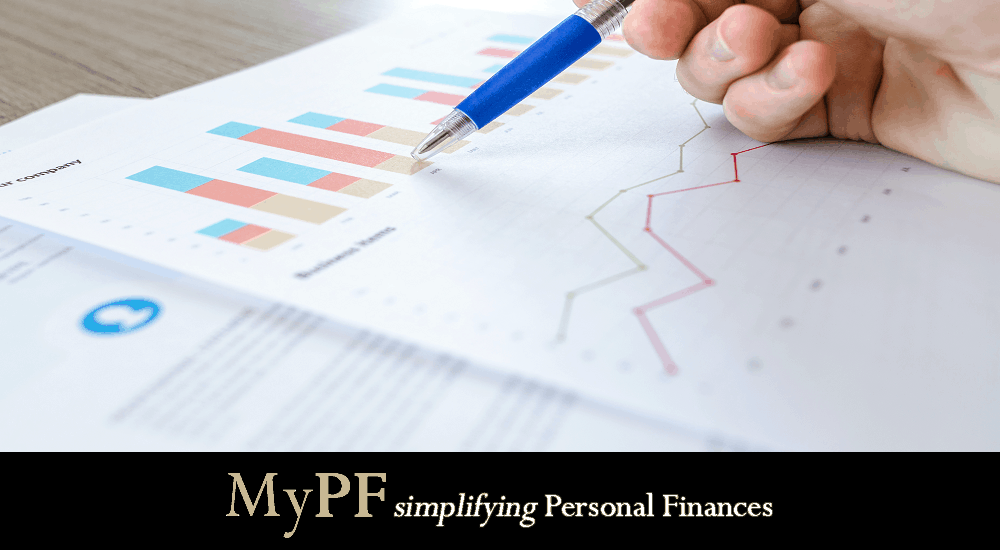Business financing? Loan? Cash/Equity? How do you decide which is the best route for you and your business?
Starting a business isn’t easy. You need to think about what you want to do or sell, and it needs to be practical and realistic. Resigning from your full-time job to do a business is a big risk in itself and could affect your personal finances significantly.
Hence, figuring out how to finance the business is crucial to its longevity and viability. While we know that there are several financing options available, how do you decide which is best for you?
Contents
Step #1: Determine the Nature of Your Business
The first important before you start on anything is to determine the nature of your business. If you don’t do this, you will have a hard time determining the best financing structure for your business. Planning for any projects in your business will be difficult without this and could jeopardise any of your business plans or strategy right from the get-go.
The first question you need to ask is whether your business is light or heavy in assets and investments.
By this, we mean you need to determine what do you need to pay for in order for your business to work at the bare minimum. For example, do you need to buy a food truck and retrofit it with kitchen accessories?
If your business is heavy on assets, a large fund would be required. In this case, sourcing for external funding (e.g. bank loans, etc.) would be recommended. Self-funding with your savings would be unwise as you probably do not have enough to pay for everything you need in your business and your personal spending.
If your business is light on assets, you could likely get away with self-funding although it would not be a bad thing to look at external funding if it is available to you.
Step #2: Evaluate How Much Cash/Assets You and Your Partners Have
After evaluating the nature of your business, you would have a better idea of how much debt and cash you would need for your business. The next step is to actually evaluate how much existing cash and assets you and your partners have to get your business in operation. This is important because this will also determine how much debt your business can take on.
Banks will look at the amount of cash you have and determine your capability to repay the loan. This also includes the bank taking a collateral on your existing assets as safety and that could potentially increase the amount the bank borrows to your business. The general principle here is that the higher the cash and assets your business has, the higher the loan the bank could potentially extend to you.
This has big consequences for your business financing, as generally, it is better to take on more debt (only if you are capable of repaying!) so that your business can invest in more projects that can generate more revenue. However, you need to be aware that banks prefer to lend to medium- and large-sized companies in Malaysia as they have the better financial strength and a proven track record. It could be the case that you will be funding your business purely on cash.
Step #3: Project the Cash Needed for At Least 2 Years
A good measure to keep trying to build your business before deciding whether to continue or quit is about one to two years. Hence, when you are starting out, you need to think and project the cash needed for at least two years as this will influence the amount of debt your business needs to take on and the cash commitment.
It is likely that the business would need a lot of money upfront to spend on assets that you need to actually start operating your business depending on the nature of your business. After that, expenses on maintaining the business and keeping it running would be less and consistent. Some of the expenses you need to think about include:
- Wages and salaries of employees
- Advertising and marketing
- Renting and leasing costs for equipment
From there, you should probably create a spreadsheet in writing down all the expenses you envision the business would incur. This helps with figuring out how many employees to hire and also makes it easier for the bank to understand what your business plan is. If you are looking to improve your cash flows, you can apply the tips here to your business.
Step #4: Determine the Break-Even and Profit Points
While this may be premature, it is essential to think more in the long term regarding the profitability of your business. More specifically, you need to determine when would you need to break even and make profits so that your financing remains in place. If you are making losses past a specific time period, you would risk losing money in your personal capacity and the bank claiming your collateral.
The time period where you need to break even on your business is approximately one year, as incurring losses for more than a year means that you are doing something wrong or the industry you are in is declining. The bank that extended you the loan would definitely notice if you have not been paying your repayment and would probably inquire into your financial position and performance.
The maximum time period that you should make some profits is in two years. Anything more than that means that you should probably consider exiting the business and doing something else. You are not backed by high net-worth investors, a privilege only afforded to some big start-ups so you need to be more conservative in your financing for the business.
Step #5: Investigate the Available Financing Incentives
There is actually a myriad of financing options out there that offers low-interest rates. Traditionally, you will borrow a loan from the bank, and the bank will determine an interest rate for your loan based on the risk of your business. However, Malaysia in recent years has been pushing aggressively in expanding financing to small businesses to propel the economy into a high-income nation.
The first resource that you should probably look at is the SME Bank’s numerous financing incentives for entrepreneurs. SME Bank offers financing to micro-, small- and medium-sized businesses where there are also specific programs aimed at sectors such as tourism, technology, and services, and also for women entrepreneurs specifically.
There are also other resources that you can get financing from such as MARA, Tekun, and CGC. Other than that, you can also explore equity crowdfunding which is a newer alternative form of financing in Malaysia. It allows small businesses to raise money from the public using online platforms registered with the Securities Commission Malaysia.
Step #6: Test Your Borrowing Limit
Finally, you can go test your borrowing limit with the banks and financial institutions to see how much you can borrow. In the business world, debt is generally considered better than using your own cash (equity) as you can use your cash for other purposes such as emergencies. The higher the borrowing limit, the more projects you can invest in.
You would probably need to have a comprehensive business plan, projected cash flow, and some form of market study to test how much you can borrow. This will also determine what interest rate you are eligible for and what terms you will have. You can also get to see what kind of collateral they require for your business and plan accordingly whether you want to risk some of your assets as collateral. Find out more on how to improve your SME Financing approval rate.
Conclusion
Getting started on financing your business could be hard and troublesome. After all, getting a good financing structure in place is necessary to ensure your business succeeds in the future. Take these steps above to get started on your dream business!
Let us know in the comments below how you are planning your financing for your business!
You May Also Like
- How to Improve your SME Financing Approval Rate
- Crowdfunding and P2P Social Lending
- Microfinancing Alternatives for Small Businesses in Malaysia
- 7 Tips To Improve Your Cash Flow
- 8 Considerations Before Self-Funding Your Startup Business












Leave A Comment